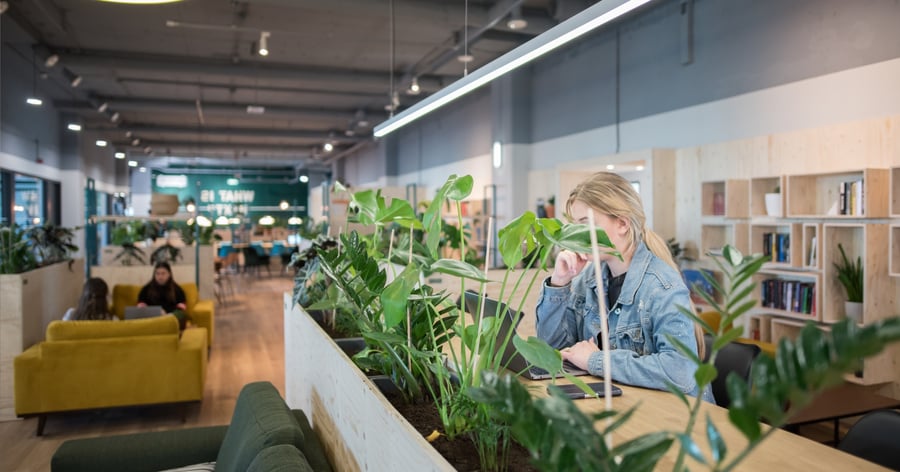
Flexible offices (coworking spaces) play an important role in reducing the carbon footprint of the total utility and office sector. After all, the same facilities (meeting rooms, lunch rooms, printers) are used by more people, making the use of materials and energy much more sustainable. Smartly making these buildings more sustainable can further increase the impact on CO2 reduction. And the Dutch Microlab and Flemish Officecenter Hasselt know this better than anyone else. In their CR2SE project they are building a modular Smart Sustainable Building system.
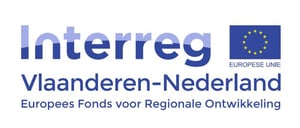
Smart Buildings can make a major contribution to reducing the CO2 footprint of buildings. A smart building 'thinks' along with the user on the basis of data and automatically adjusts its building systems (heating, ventilation, lighting, etc.) and building services (such as cleaning or maintenance) based on current use. Such efficiency is good for a 10 to 20% reduction in CO2 compared to normal buildings.
The share of smart buildings is growing, but these are almost exclusively new buildings or recently renovated buildings. During the construction or renovation, they are equipped with high-tech, a custom-made Smart Building concept. Many existing buildings have different, outdated building systems (different type of heating, older ventilation system, etc.), making new high-tech and smart building concepts unusable here. The application of Smart Building technology in the built environment is therefore lagging behind.
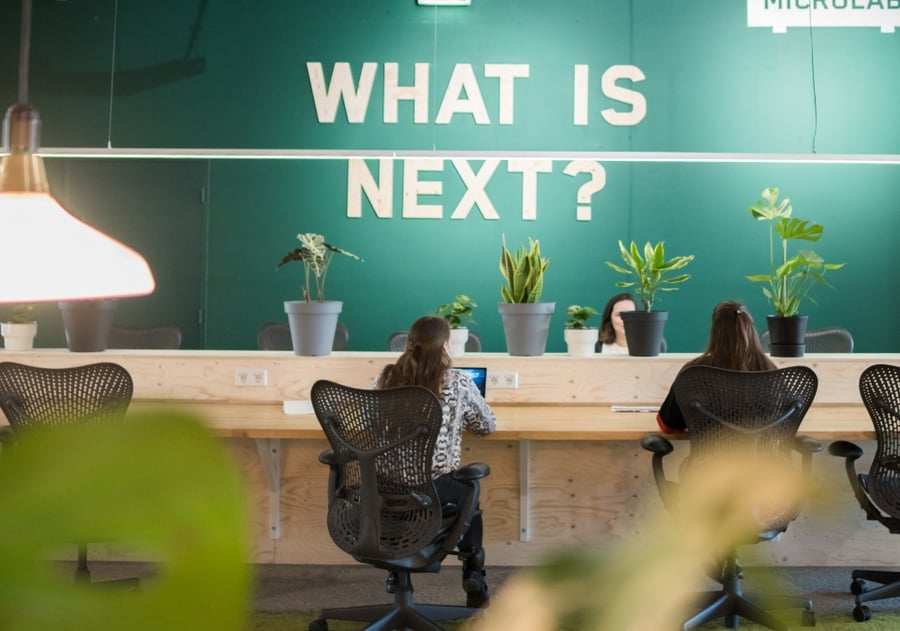
Microlab from Eindhoven and Officecenter Hasselt are both major players in flexible office rental and have extensive knowledge and experience in the customer and non-residential construction sector. As building operators, they know what building owners encounter when it comes to sustainability. Together they want to develop a turnkey and modular Smart Sustainable Building system.
Microlab's technical knowledge of Internet-of-Things technologies goes hand in hand with Officenter Hasselt's experience in diversity in buildings and systems. By combining these expertises, a modular system can be developed that is easy to implement at other locations. For example, existing (office) real estate can be converted into 'intelligent' real estate at an accelerated pace. All building systems and services are then used very efficiently, which makes a major contribution to making the built environment more sustainable.
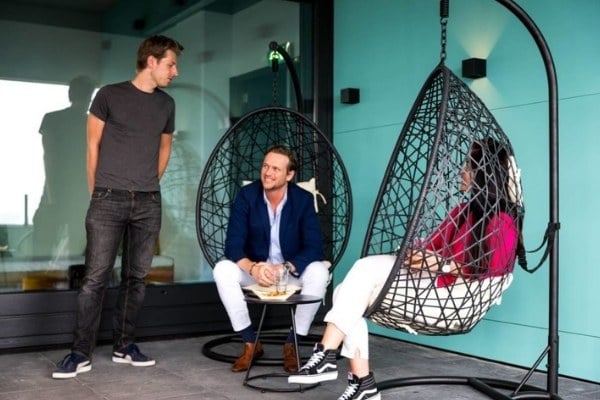
The Microlab building is an example of an existing building with outdated systems and therefore the ideal testing ground to start experimenting. Luuk Visser (Microlab): “By equipping one floor here with an advanced IT infrastructure, we will look for efficient and cost-effective (= cost-saving) controls on the basis of extensive data collection and analysis. These are then realized and tested through accurate software development, after which the same control is copied to Officenter Hasselt (a building similar to Microlab) and validated there.” In this way, the project partners arrive at a modular, sustainable solution that is easy to roll out to other buildings.
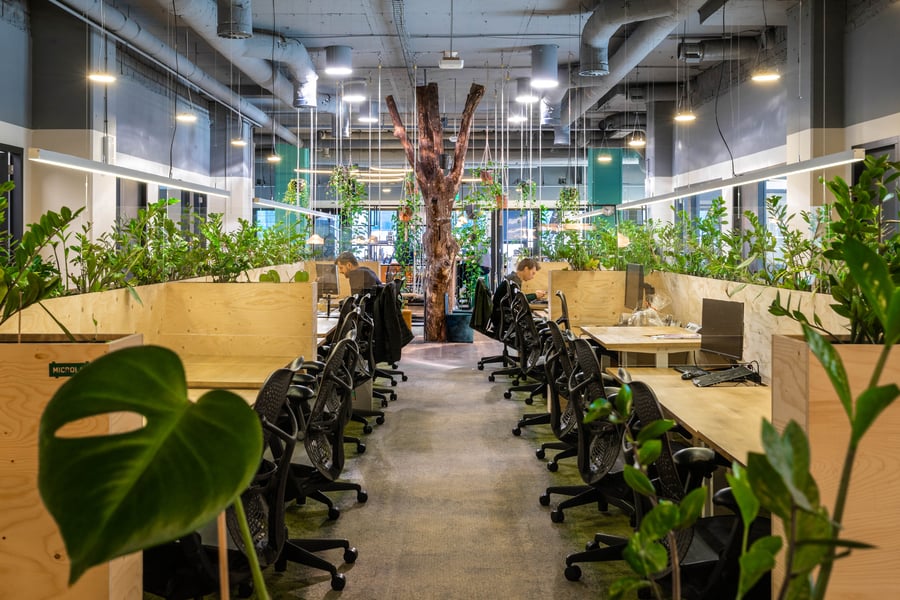
After the CR2SE project, the project partners want to roll out the developed Smart Building concept for similar flexible buildings with shared facilities. It is expected that in the first 2 years after the project, between 80,000 and 160,000 m2 of building surface can be made more sustainable, which is accompanied by an annual CO2 reduction of 500 to 1000 tons (between 66 and 133 households).
